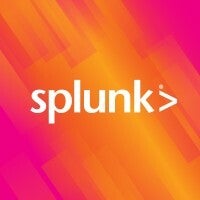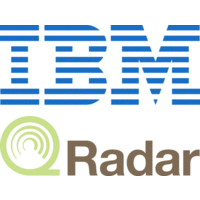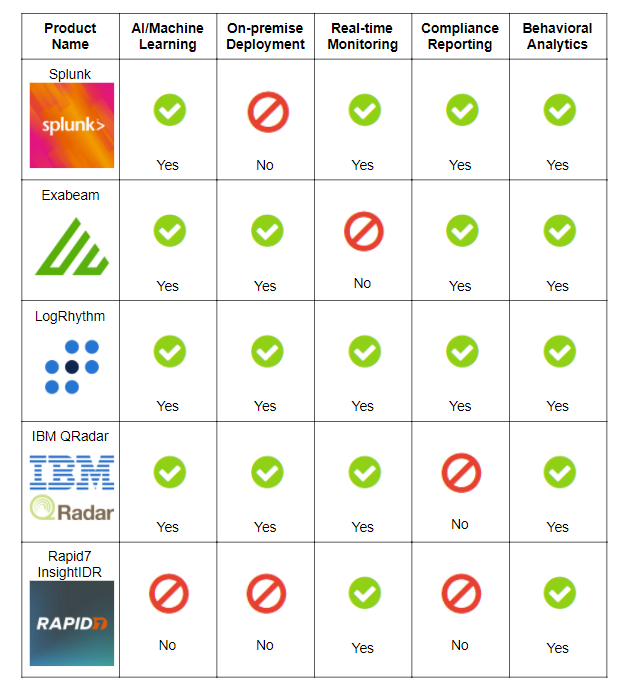Cybercrime is on the rise, and businesses are being targeted more and more. One cyber attack occurs approximately every 39 seconds. In order to reduce the chances that one of these attacks will be aimed at your business, you need to put security measures in place. Security information and event management (SIEM) software provides monitoring and response protocols for enterprise businesses looking to improve their network security measures.
Table of contents
- What is SIEM software?
- Top SIEM software products 2020
- Who is SIEM software for?
- How does SIEM software protect businesses?
- What to look for when choosing SIEM tools
- Choosing SIEM software for your business
What is SIEM software?
SIEM software is a combination of security event management (SEM) and security information management (SIM) software. It collects and analyzes data from multiple systems, including network devices and servers, to identify abnormal behavior and possible cyber attacks. Once the platform has identified these anomalies, it can then pinpoint the security breach and simplify the follow-up investigation for your IT team.
A big part of security is keeping your data organized and accessible. SIEM software acts as a central location to collect data on events and alerts. Some platforms also bring in threat intelligence, giving IT teams greater insight into some of the threats they’ll face.
Top SIEM software products 2020
Ready to invest in SIEM software for your business? These products offer excellent features and tools to secure your business.
Also read: Top SIEM Products
Splunk

Customers appreciate the number of tools and features included in Splunk and how thorough its detection capabilities are. The system is constantly innovating and improving to provide flexible security solutions.
Cons of Splunk
- Only cloud-based, so no on-premise deployment
- The system occasionally duplicates information on reports
- Expensive licensing model compared to similar tools
Also read: Splunk Enterprise Security (ES) – SIEM Product Overview and Insight
Exabeam

Customers like its clean design and many of the functionalities that are built into the system. The analytics are thorough, and the SIEM provides quick detection and response.
Cons of Exabeam
- No real-time monitoring
- Scalability is limited
- High number of false positives in the beginning
LogRhythm

Customers appreciate that LogRhythm is competitively priced compared to other SIEM solutions. It has a user-friendly interface and helps analysts perform deep dives into security incidents for better understanding of how the attack happened and prevention of future attacks.
Cons of LogRhythm
- Implementation is sometimes difficult
- The number of features provides a steep learning curve
- Missing integrations for cloud solutions
Also read: LogRhythm – SIEM Product Overview and Insight
IBM QRadar

Customers like the number of integrations the product offers and how easily it covers multiple business units. Support provides an open line of communication and tutorials to improve the usability of the software.
Cons of IBM QRadar
- Requires significant time and resource investment to implement and maintain
- The software can sometimes be slow and clunky
- Some features require a lot of tweaking and don’t work right out of the box
Also read: IBM Security QRadar – SIEM Product Overview and Insight
Rapid7 InsightIDR

Customers love how easy InsightIDR is to implement and use. It has tons of different integrations available, and the support team is really helpful with any issues that arise surrounding data ingestion.
Cons of Rapid7 InsightIDR
- Only cloud-based, no on-premise deployment
- The system can be slow while retrieving data or reports
- Mobile access is clunky
Who is SIEM software for?
SIEM software is mainly for large enterprises and businesses that have strict compliance requirements. The systems can cost tens of thousands of dollars per year, and there needs to be IT personnel on-site who can monitor and maintain the system. Some enterprises even elect to run two SIEM platforms simultaneously: one for compliance and one for security. The compliance platform maintains such a huge collection of data that it can actually slow down threat detection, necessitating a second platform.
SIEM systems are generally too expensive for smaller businesses, and these businesses usually don’t have the IT staff available to run them. However, some companies do deliver SIEM as a software-as-a-service (SaaS) option to small business clients that decide they need SIEM. While, ideally, SIEM software would be delivered on-premise, this does give SMBs a security option they wouldn’t normally have.
Also read: Where Does SIEM Fit in an Enterprise?
How does SIEM software protect businesses?
SIEM provides real-time monitoring of the systems on a company’s network to find anomalies and unusual activity. It gathers a huge amount of data and organizes it in a way that’s accessible for human consumption. When the platform finds something strange that matches a security rule the company has set within the system, it sends an alert to the IT team.
After the alert has been dealt with, SIEM software also provides reports and forensics to simplify investigations and help companies secure their defenses against future attacks. Even if an anomaly didn’t trigger an alert because it didn’t match a company’s ruleset, the system will still report on it, so the IT team can update rules as necessary.
What to look for when choosing SIEM tools
SIEM software is a huge investment, so you need to make sure you’re getting the right features for your business.
Artificial intelligence
Choosing SIEM tools with artificial intelligence improves the speed of detection as the system learns which activities precede a security breach. It also reduces the number of false security alerts by analyzing user behavior and determining whether users are who they say they are.
Along with faster detection, SIEM using artificial intelligence can also reduce the workloads of the IT staff. As it learns more about the threats that impact the business, the system assigns each alert a “risk score”, so security analysts can prioritize the most important threats as they come in. This helps narrow the number of threats that analysts have to examine so that they’re only dealing with alerts that could turn into major problems for the company.
Also read: Cybersecurity Trends in 2020: Artificial Intelligence
On-premise application
SIEM software deals with a large amount of sensitive information, which most companies don’t want to risk sending over the internet. For that reason, most SIEM solutions are delivered on-premise. On-premise SIEM software is especially important if you’re in an industry with strict compliance regulations because your company retains full control over it.
If you’re running low on server space or need some cloud computing for other reasons, some SIEM software puts analytics on the cloud. This allows the vendor to comb through some of this information, so the on-site IT team doesn’t have to.
Compliance tools
Because SIEM software is geared towards companies in highly regulated industries, many of them come with compliance tools to ensure you’re meeting the requirements of your regulatory body (e.g. HIPAA, GDPR, etc). Keeping logs and reports of security threats and how they were handled can help keep you compliant with regulations. For this reason, SIEM tools contain robust reporting features and log immense amounts of data that can be accessed later.
Also read: Compliance and Data Privacy Regs IT Security Pros Should Worry About
Threat tracking and investigations
SIEM software needs to be able to track threats through your network in real-time in order to simplify the IT team’s investigation. If the system can pinpoint the threat’s location, your IT team can get there more quickly and remove the threat before it accesses any more data. Additionally, SIEM tools categorize the threats they locate to streamline investigations even further.
Also read: It’s Now or Never for Shift to Real-Time Apps
Choosing the best SIEM software for your business
There are a lot of SIEM tools out there, so choosing the right one for your business can be difficult. Cloud-based options might work well for some companies, but overall, on-premise deployments offer more security and greater control over the system. If you’re in a heavily regulated industry, it’s important to consider SIEM software that offers compliance tools and can help you record information about breaches that occur. No matter which one you choose, SIEM software is a great way to remove threats before they become larger issues and protect your network against future breaches.



